


Hyper-Converged Infrastructure (HCI) has transformed IT infrastructure by simplifying data center management, improving scalability, and reducing costs through the convergence of compute, storage, and networking into a unified system.as technology evolves, HCI is set to undergo significant advancements and shifts, expanding its capabilities to meet the demands of modern enterprises and emerging technologies.


Hybrid cloud integration refers to the process of seamlessly connecting private cloud environments (on-premises or hosted data centers) with public cloud services (such as AWS, Azure, or Google Cloud). This integration allows data, applications, and workloads to move fluidly between these environments, giving organizations the ability to optimize where and how they run their IT operations.
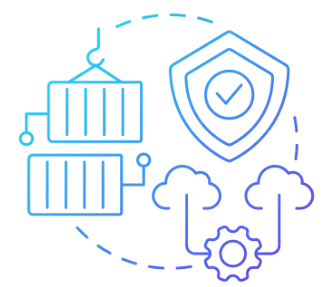
Multi-cloud management is an increasingly important strategy in modern IT environments, where businesses use services from multiple cloud providers such as Amazon Web Services (AWS), Microsoft Azure, Google Cloud Platform (GCP), and others. While multi-cloud architectures offer flexibility, resilience, and optimized performance, they also introduce challenges in management.


Hybrid cloud integration refers to the process of seamlessly connecting private cloud environments (on-premises or hosted data centers) with public cloud services (such as AWS, Azure, or Google Cloud). This integration allows data, applications, and workloads to move fluidly between these environments, giving organizations the ability to optimize where and how they run their IT operations.

Multi-cloud management is an increasingly important strategy in modern IT environments, where businesses use services from multiple cloud providers such as Amazon Web Services (AWS), Microsoft Azure, Google Cloud Platform (GCP), and others. While multi-cloud architectures offer flexibility, resilience, and optimized performance, they also introduce challenges in management.
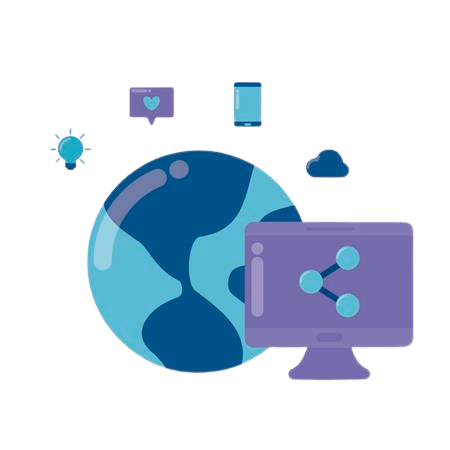

Distributed HCI refers to the deployment of hyper-converged infrastructure in multiple, geographically dispersed edge locations. Traditional HCI integrates compute, storage, and networking into a unified system, simplifying data center management. Distributed HCI takes this architecture and extends it to edge locations, allowing for decentralized data processing closer to the source of data.

Edge-to-core integration involves the unification of edge devices, compute, and storage infrastructure with centralized systems such as data centers or cloud platforms. In this model, data generated and processed at the edge is shared with the core infrastructure for long-term storage, analytics, machine learning, or enterprise resource planning (ERP) systems.
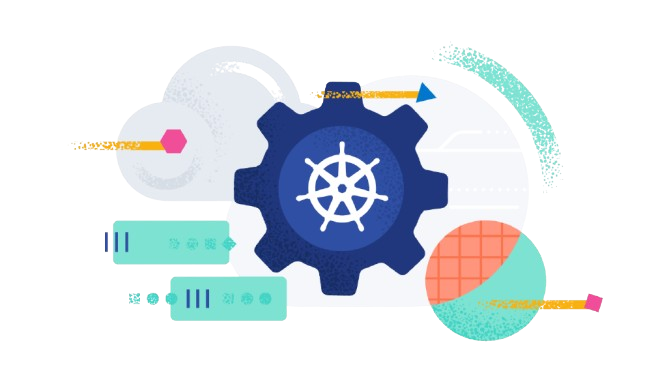
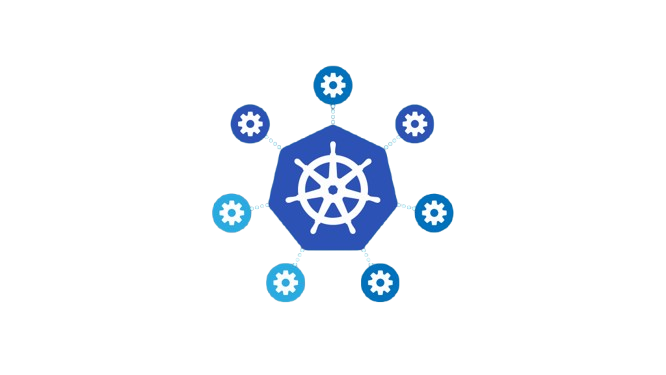
Native Kubernetes support within HCI refers to the built-in capability of HCI platforms to manage Kubernetes clusters alongside traditional VMs. This integration allows organizations to run both containerized applications and VMs on a single, unified infrastructure without needing separate environments for each workload type.

DevOps (Development and Operations) and CI/CD (Continuous Integration and Continuous Delivery/Deployment) have transformed how software is developed, tested, and delivered, driving faster releases and improved product quality. As enterprises adopt hyper-converged infrastructure (HCI).


Energy-efficient hardware in HCI refers to the use of components and systems designed to consume less power while maintaining high levels of performance. This hardware includes energy-efficient processors, memory, storage devices, and power supplies, all optimized to reduce overall energy consumption in data centers.

Carbon-footprint tracking refers to measuring and monitoring the total greenhouse gas (GHG) emissions produced by the energy consumption of IT infrastructure, including hyper-converged systems. These emissions result from the power required to run hardware, cool data centers, and maintain network equipment.


The Zero Trust Security Model operates on the principle of “never trust, always verify.” Unlike traditional security models that rely heavily on perimeter-based defenses, Zero Trust removes implicit trust and applies rigorous authentication and authorization at every point in the network. The goal is to secure resources regardless of where they are located, whether in the cloud, on-premises, or at the network's edge.
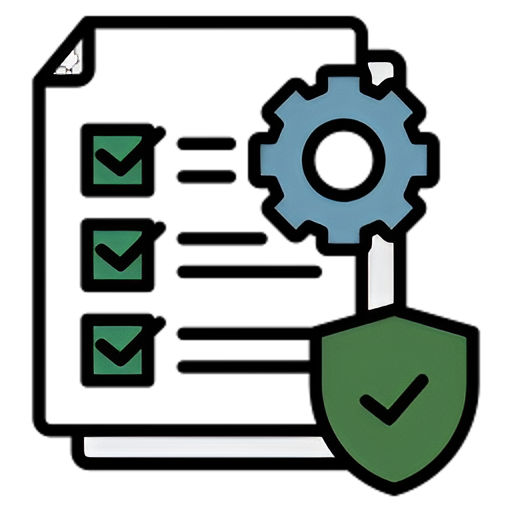
Compliance automation refers to the use of technology, tools, and software to automatically enforce regulatory requirements, monitor infrastructure, and generate necessary reports without the need for manual intervention. It simplifies the process of adhering to various laws and standards by embedding compliance policies directly into IT workflows, reducing the need for frequent manual audits and checks.